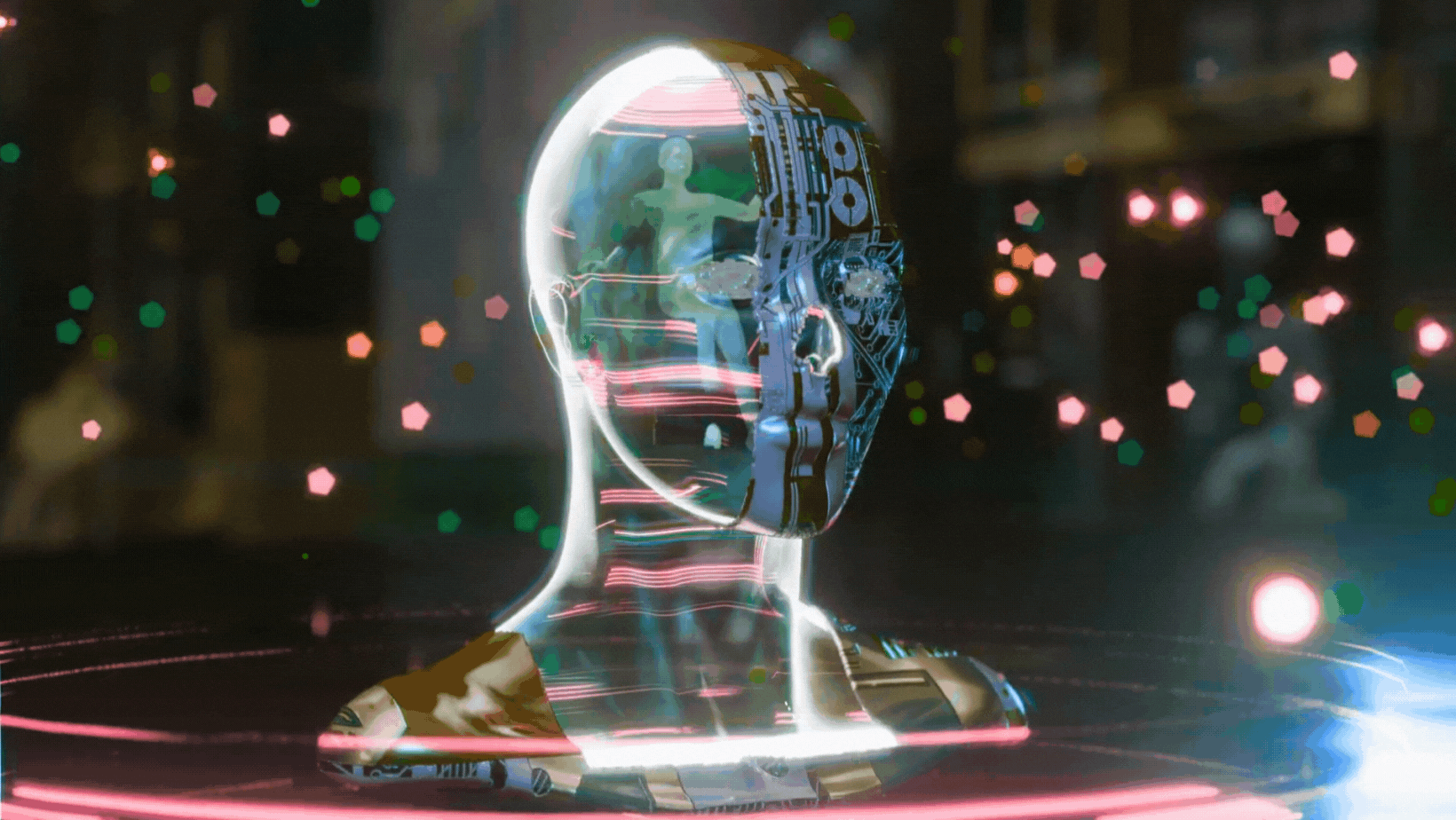One of the key distinctions between Google Bard and ChatGPT lies in their data sources. While ChatGPT's model was last updated with data from 2021, Bard constantly pulls in real-time information from the web. This real-time data access gives Bard an edge in delivering current and accurate responses.

Furthermore, Bard and ChatGPT differ in their pricing models. Bard offers its services for free, making it accessible to a wide audience. In contrast, ChatGPT's free version is GPT3.5, with GPT-4 available through a subscription priced at $20 per month. This difference in pricing can significantly impact the user base for each chatbot.
Content and Output: Unveiling the Distinctions
The distinction between Bard and ChatGPT becomes more apparent in the content they generate. Bard can research current information, making it a valuable tool for staying updated. However, critics have pointed out instances where Bard presented inaccurate information, a challenge it's striving to overcome.
In terms of coding, Bard supports over 20 programming languages and offers explanations and debugging assistance. ChatGPT, on the other hand, can also generate code but may require more time for complex tasks.
Plug-ins and Integration: Bard's Expansion Plans
Both Bard and ChatGPT are extending their reach through integrations with various applications. ChatGPT-4 is integrated into Microsoft Bing Chat, with plans for integration into Teams, Edge, and Microsoft Office Applications. ChatGPT also offers plug-ins connecting to platforms like Expedia, Instacart, and OpenTable.
Google Bard is not far behind in this race, as it rolls out Bard Extensions. These extensions aim to integrate Bard with popular Google applications like Gmail, Docs, and YouTube. With these enhancements, Bard can assist users in a wide range of tasks, from drafting emails to planning vacations, all within one conversation.
Verification and Sharing: Bard's Enhanced Features
Google has implemented reinforcement learning techniques to improve Bard's intuitiveness and imagination. Bard's "Google It" button has been upgraded to cross-check responses. When Bard is confident in its response, it displays the text in green and links to supporting articles. In cases where supporting facts are unavailable, the text is highlighted in orange.
Additionally, Bard users now have the option to share their chat via a public link, allowing recipients to review and continue the conversation. This feature enhances collaboration and idea-sharing.
The Future of Bard vs. ChatGPT: Who Will Reign Supreme?
OpenAI's ChatGPT enjoyed a head start in the AI chatbot arena, garnering immense popularity and usage. However, Google's Bard is rapidly gaining ground with its real-time data access, free availability, and plans for extensive integration into Google's suite of applications.
The battle between Bard and ChatGPT is far from over, and the competition is driving innovation in AI chatbot technology. Whether Bard can catch up to ChatGPT's impressive user base remains to be seen, but its access to live web data and commitment to improving accuracy make it a formidable contender in the AI wars. As the AI chatbot revolution continues, users can expect both Bard and ChatGPT to enhance their capabilities, offering more intuitive and helpful interactions.
